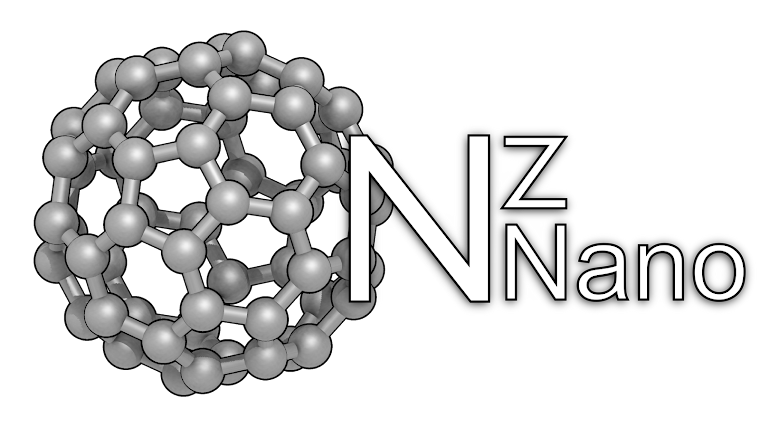At the Photon Factory (the lab I used to work at) Dr Michel Neuwoudt our expert Raman spectroscopist had been hard at work detecting contaminants in milk using a technique called Raman spectroscopy which she has recently published (doi:10.3168/jds.2015-10342). Prof. David Williams, Dr Cather Simpson and Michel started this project after the melamine scandal in China where melamine was put into baby milk formula to make it appear as if the protein content of the milk was higher than it was. This fooled people because the test for protein naively digests everything in the product and measures the nitrogen content of the mixture. Melamine has a huge number of nitrogen molecules so it appeared as if the milk had more protein than it did. I had been playing around with using Blu-ray discs colour sensors. We thought about whether the nanostructures on the Blu-ray disc could be able to enhance the weak singles you measure using Raman spectroscopy and so along with other in the lab Reece, Nina, Andy (Xindi) and Jenny Malström we started the project.
The paper we recently published first as a conference article and then as a journal article in Analytical and Bioanalytical Chemistry converts a Blu-ray disc into a sensor that can detect accurately and reproducibly down to 70 parts per billion of melamine.
 |
| Front cover of journal showing the gold nanoparticles on top of the Blu-ray disc. You can also see the pattern of the nanostructure of the Blu-ray grating the gold was deposited on. |
The technique we used is called Raman spectroscopy which measures the vibration of molecules using a laser (see this video for more details). This effect is very weak and so cannot be used for low concentrations of molecules. To enhance the signal and amplify it we use a surface which has small antennas that are tuned to the light we are using. The electrons on the surface of these metal nanoparticles start to oscillate with the electric field of light and so you get regions on the metal where the electric field is much higher.
 |
| Plasmon resonance as the electrons move in the electric field of light which is an electromagnetic wave Link |
The effect is not linear so when you double the intensity you actually get out four times the amount of signal. As the nanoantenna produces very intense hot spots near the particles you can enhance the signal by >1000000000 times. Two things are then needed to make surface enhanced Raman spectroscopy work; the molecules need to be able to adsorb onto the particle so they are in the high electric field and the surface of the nanoparticle must be the right size to resonate with the light. Actually, it is not that hard to prepare SERS substrates that meets these criteria and gives large enhancements but they are notoriously unreproducible this is a huge problem for the field as analytical measurement demands that you can measure things accurately. It turns out preparing reproducible nanoparticles of gold on the nanometre scale is really challenging and is why commerical single use SERS substrates usually retail for about $NZD100 each.
We managed to produce a SERS substrate that is cheap and easy to make and most importantly gave reproducible results. We did this by using a sputter coater to deposit nanogold onto a Blu-ray disc. Sputter coaters are used in almost every lab where there is microfabrication and it deposits metal using a plasma. They are relatively cheap to buy I have seen a few on eBay. There is a nice video about how to make your own sputter coater. The amount of gold is actually quite small so it would only be a few dollars of gold on each sample. Most You could deposit a SERS substrate on any non-conductive material however the trick for making a reproducible SERS substrate is that the Blu-ray disc provides a very uniform clean sample. The Blu-ray disc is made up of layers of plastic and metal with the grating hot embossed into the larger plastic disc.
 |
| Diagram of layers found in Blu-ray disc with the hard coat the polymer being easily peeled off to reveal the grating. |
By peeling off the plastic top coat with tweezers you reveal a perfect surface for depositing the gold.
 |
| Using tweezers the top plastic coat can be removed to reveal the grating. |
In order to tune the nanoparticles to the wavelength of light we used (785 nm) we changed the sputtering time. This produced smaller nanoparticles and led to the substrate resonating at the right wavelength. Putting a drop of melamine doped water and measuring the spectrum using a Raman microscope we were able to measure down to 68 molecules out of a billion water molecules. The amounts deemed to be dangerous by the world health organisation are 1 ppm in infant formula so we are well under the limit of detection.

 |
| Above the Raman spectrum of melamine at different concentrations. Below the melamine vibration we are measuring is the ring breathing mode. Link to animation |
The measurement was also very reproducible with only 12% variations which is very low when considering other SERS substrates with you can have over 100% variations between areas of the same sample.
The Raman spectrometer we used was quite a large unit (table top) but there are now smaller handheld Raman spectrometers and these will only be getting cheaper. We think the applications for a low cost testing kit could be developed making use of a portable Raman spectrometer.
 |
| Portable Raman spectometer Link |




No comments:
Post a Comment